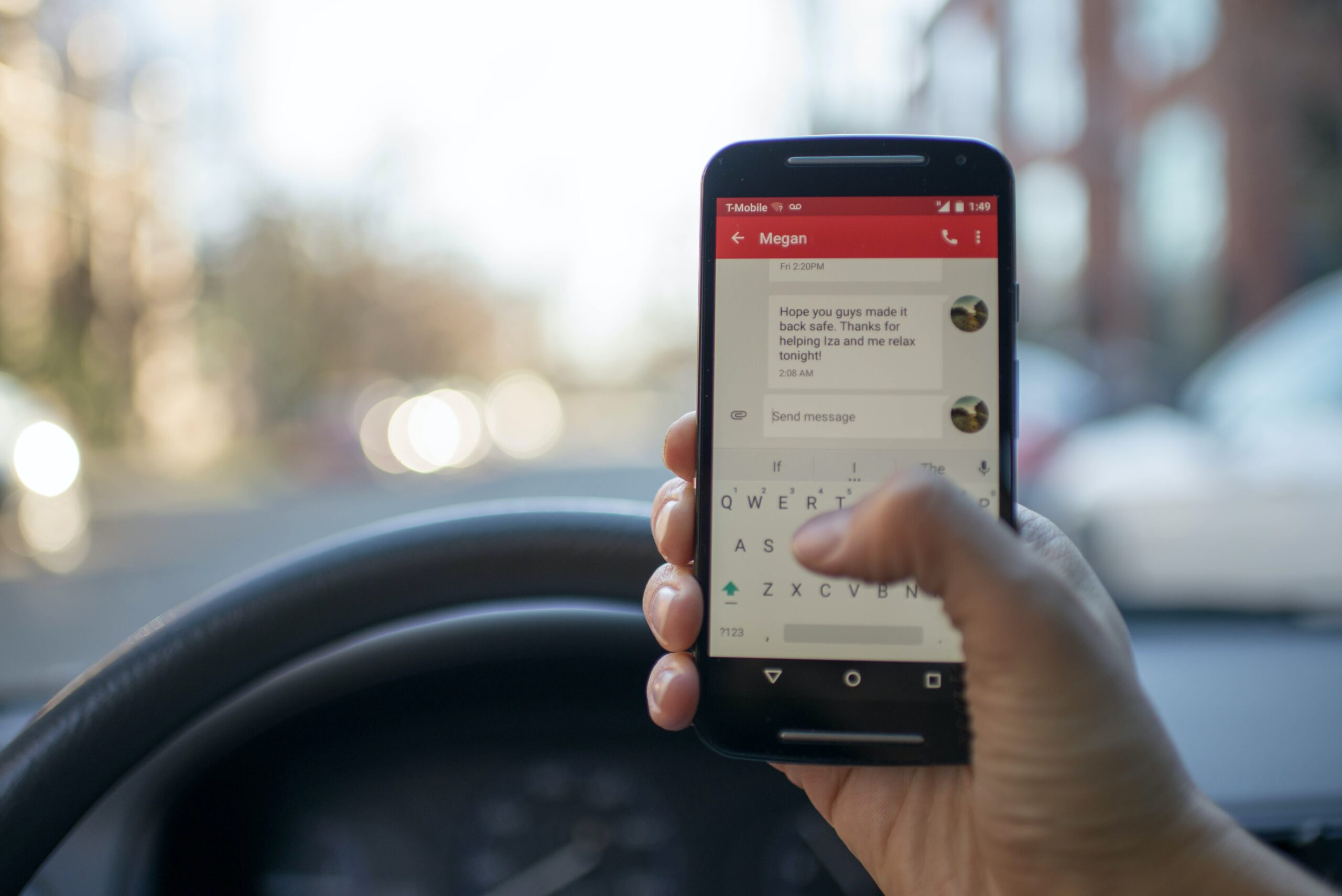5 ecommerce strategies to engage customers through SMS marketing
In an age of digitalisation where countless marketing channels exist, the power of SMS marketing is often overlooked by ecommerce companies. However, by dismissing text messaging as an outdated technique, many businesses miss the opportunity to reach their customers on an immediate and personal level. Your SMS marketing strategy can play an important role in increasing customer engagement and conversion rates, especially when combined with other digital channels. In this article, we explore five key ecommerce strategies for SMS marketing engagement, each of which provides actionable insights that can help you make the most of this powerful resource.
Understanding the importance of SMS marketing in ecommerce
SMS marketing has an impressive impact open rate of 98%, a statistic that no other marketing channel can match. Text messages are delivered directly to customers' mobile devices, proving to be very efficient in reaching an audience on the go. Additionally, because text messages are typically short, customers are more likely to read the entire message, increasing the likelihood of engagement and purchase. In addition to the large reach and high engagement rates, SMS marketing also offers the advantage of directness. Unlike emails that sit unopened in the inbox for hours or even days, most text messages are read within minutes of receiving them. This allows companies to effectively communicate time-sensitive promotions or reminders.
Additionally, SMS marketing allows for personalization, making it a powerful tool for ecommerce businesses. Personalization in marketing communications has been proven to increase customer engagement, conversion rates and customer loyalty. By addressing the customer by name and offering tailored recommendations based on browsing or purchasing history, SMS marketing adds a personal touch that is often missing from most digital channels. Finally, SMS marketing is cost-effective, requires fewer resources, and delivers a high return on investment (ROI). Considering the above benefits, it's clear that SMS marketing should be a crucial part of your ecommerce marketing strategy.
Research the top five ecommerce strategies for SMS marketing
To effectively use SMS marketing in ecommerce, businesses need to follow certain strategies that can increase engagement and increase conversion rates. These strategies include building a quality subscriber list, creating compelling content, personalizing messages, balancing timing and frequency, and deploying effective CTAs (Call to Action). While each of these strategies carries its weight, integrating them into your SMS marketing efforts can result in sustainable growth for your ecommerce business. It is critical to understand each strategy in order to use it effectively.
Keep in mind that simply bombarding your customers with promotional messages will not yield the desired results. Instead, you need to smartly weave all of these strategies into your SMS campaigns, focusing on delivering value to your customers and achieving your business goals.
This article provides a detailed overview of these five core strategies, giving you the necessary information to navigate the potential pitfalls and achieve success in the world of SMS marketing.
Strategy 1: Build a quality subscriber list for SMS marketing
The success of any SMS marketing campaign depends heavily on the quality of the subscriber list. Your first focus should be on building a list of real customers who have voluntarily signed up for your text messages. The sign-up process should be simple and transparent, disclosing the frequency of texts and the types of content they can expect.
Once you have permission to text, it's just as important to maintain the quality of your list. Removing inactive or unresponsive numbers and adding new subscribers should be part of your normal list hygiene routine. This not only ensures your messages are delivered to the people interested in your business, but also helps improve the ROI of your campaigns.
Segmenting your subscriber list based on factors such as purchase history, geographic location, and engagement level can significantly increase the effectiveness of your SMS campaigns. By tailoring your messages to individual target groups, you increase the relevance of your texts, which increases engagement.
Finally, solicit regular feedback from your subscribers to continue improving your SMS marketing efforts. Their suggestions can provide valuable insights into what interests them and what doesn't, allowing you to further adjust your strategies for better results.
Strategy 2: Create compelling SMS content for ecommerce
The content of your SMS plays an important role in customer engagement. Your text messages should be concise, clear and persuasive. Make sure each message clearly conveys its intended purpose, without any ambiguity. Also keep in mind the 160 character limit for text messaging, so make sure every word counts.
When sending promotional messages, clearly state the offer and state any specific conditions in advance. This way you retain the trust of your subscribers and you will not be faced with any unpleasant surprises. Use compelling, action-oriented language to motivate customers to take the desired action.
Including emojis in your text messages can make your messages more engaging and relatable to your audience. However, use them sparingly and appropriately, taking into account the tone of your brand and the demographics of your audience.
Additionally, create a sense of urgency in your promotional messages to drive immediate action. Words like “limited offer,” “hurry,” “ends soon” can prompt your customers to make quick purchasing decisions.
Strategy 3: Use personalization for better engagement
Personalization has become an integral part of successful marketing strategies. By personalizing your text messages, you will not only grab the customer's attention, but also make them feel appreciated, leading to higher engagement rates.
Personalization can be as simple as addressing the customer by his or her name, or as complex as tailoring offers based on previous purchases. Offering personalized discounts or recommending products based on browsing history can significantly improve conversion rates.
Furthermore, leveraging behavioral data can play an important role in delivering hyper-personalized messages. For example, sending a text message reminder about items still in the customer's cart can encourage them to complete the purchase.
Remember, personalization shouldn't feel intrusive. Maintain a level of respect and discretion while using your customers' data for personalization.
Strategy 4: Timing and Frequency – Finding the Balance
Even the most compelling text message content won't deliver results if it arrives at the wrong time. Knowing when your customers are most receptive can significantly improve engagement.
Think carefully about the timing of your messages. Avoid texting during late evenings or early mornings, when your customers are likely to be unavailable or less responsive. Instead, aim for periods when your customers are likely to have some free time, such as lunch or the evening.
Likewise, finding the right balance in frequency is critical. Too many messages can irritate your customers and lead to unsubscribes, while too few messages can cause them to forget about your brand. Analyze your customers' engagement patterns to determine the optimal frequency.
Please note that these parameters can vary significantly depending on your target audience and the nature of your business. Therefore, continuous analysis and adjustment are necessary.
Strategy 5: Use effective CTAs in SMS marketing
A powerful Call to Action (CTA) is the backbone of any marketing message. An effective CTA can motivate customers to take the desired action, whether it's making a purchase, visiting your website or store, or signing up for a service.
Use clear, compelling language for your CTAs. Be specific about what you want your customers to do next. For example, instead of a vague “click here,” use more defined CTAs like “Shop Now,” “Use Code XYZ,” or “Redeem Offer.”
For ecommerce businesses, it's a good idea to include a clickable link in the CTA, which takes customers directly to the desired web page. This eliminates unnecessary steps in the customer journey and makes the process seamless.
Finally, make sure your CTA stands out in your message. Using capital letters, arrows, or different fonts can help draw attention to the CTA.
Measuring success: ecommerce SMS marketing performance metrics
Measuring the effectiveness of your SMS marketing efforts is essential for ongoing optimization. Analyze key performance metrics, such as view rate, open rate, click rate, conversion rate, and opt-out rate, to understand how well your campaign is performing.
Delivery rate indicates the percentage of your messages that successfully reach your subscribers. If this number is low, it might be time to clean up your subscriber list.
The open rate refers to the percentage of recipients who opened your message. A high open rate indicates that the timing and content of your message is on-point.
Click-through rate measures how many recipients clicked on the links in your message, giving you an idea of how effective your CTA is.
Finally, tracking opt-out rates can provide insight into whether your messages are resonating with your audience. A high unsubscribe rate may indicate that you need to reassess your content, frequency, and timing.
Conclusion
In the highly competitive world of ecommerce companies must use every available channel to connect with their customers. SMS marketing, with its numerous benefits, provides a powerful and cost-effective tool for maintaining customer relationships and driving sales. By implementing these five essential SMS marketing engagement strategies, your ecommerce business can realize the full potential of this often overlooked marketing channel. Remember to continually measure and optimize your campaigns for long-term success in your SMS marketing efforts.


